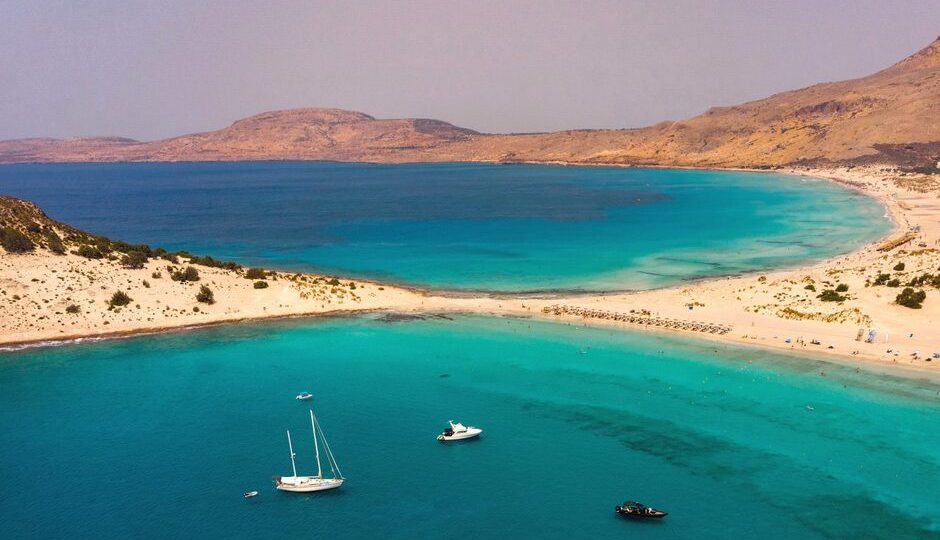The bet of Natura areas
Article by Prof. Maria Papadopoulou (To Vima, 21/4/24).
Greece counts 446 protected areas (under Natura 2000) on land and at sea, which present an invaluable natural wealth for our country. These regions are not and should not be considered as closed systems. The rules, regulation of activities and demands applicable for these areas are not horizontal, and are set based on the requirements that each protected area is each time subject to. To preserve and protect biodiversity, the European Strategy highlights the contribution of mild forms of human activities, the enhancement of the ecosystems supporting services, the preservation of habitats and also the sustainability of the local development.
The role of the Natural Environment and Climate Change Agency (N.E.C.C.A.) is to provide a scientifically substantiated opinion, so that projects and activities within the protected areas are implemented with specifications and conditions that will ensure the conservation of species and habitats. In order for the project of protecting an area to succeed in the long term, we cannot rely on sterile prohibitions, but tangible benefits for the inhabitants of these areas should also result. Local communities can be considerably strengthened by the rational management of Natura 2000 areas due to the comparative advantages they have,
significantly increasing their income and also creating new jobs.
A typical example is the Poseidonia meadows in the marine protected areas of our country, where the main threat is the anchoring of tourist boats and overfishing. In order to mitigate the effects, it is usually recommended to use floating docks for boats, while in cases where the pressure is extremely high, it is even recommended to ban all kinds of mooring. On the other hand, the presence of
Poseidonia meadows in a marine area can be an opportunity for the development of other forms of tourism such as diving where man and ecosystem can coexist without creating significant pressures while at the same time new business opportunities can
be developed for local communities.
In this direction, N.E.C.C.A. is preparing actions such as the recording of biodiversity in 20 emblematic archaeological sites of the country with the aim of highlighting biodiversity as a connecting link between the past and the present, contributing to local development.
The most decisive issue for the future of protected areas is through scientific knowledge to determine which projects and activities can be implemented in each area, at what scale, in what scope and at what intensity so that man and nature coexist harmoniously. If we succeed then the protected areas will be the biggest laboratory of sustainable development in practice.
And this is one of N.E.C.C.A.’s biggest challenges.
(Photo: Elafonisos, Simos Beach, 📷Nikos Kokkaris)


